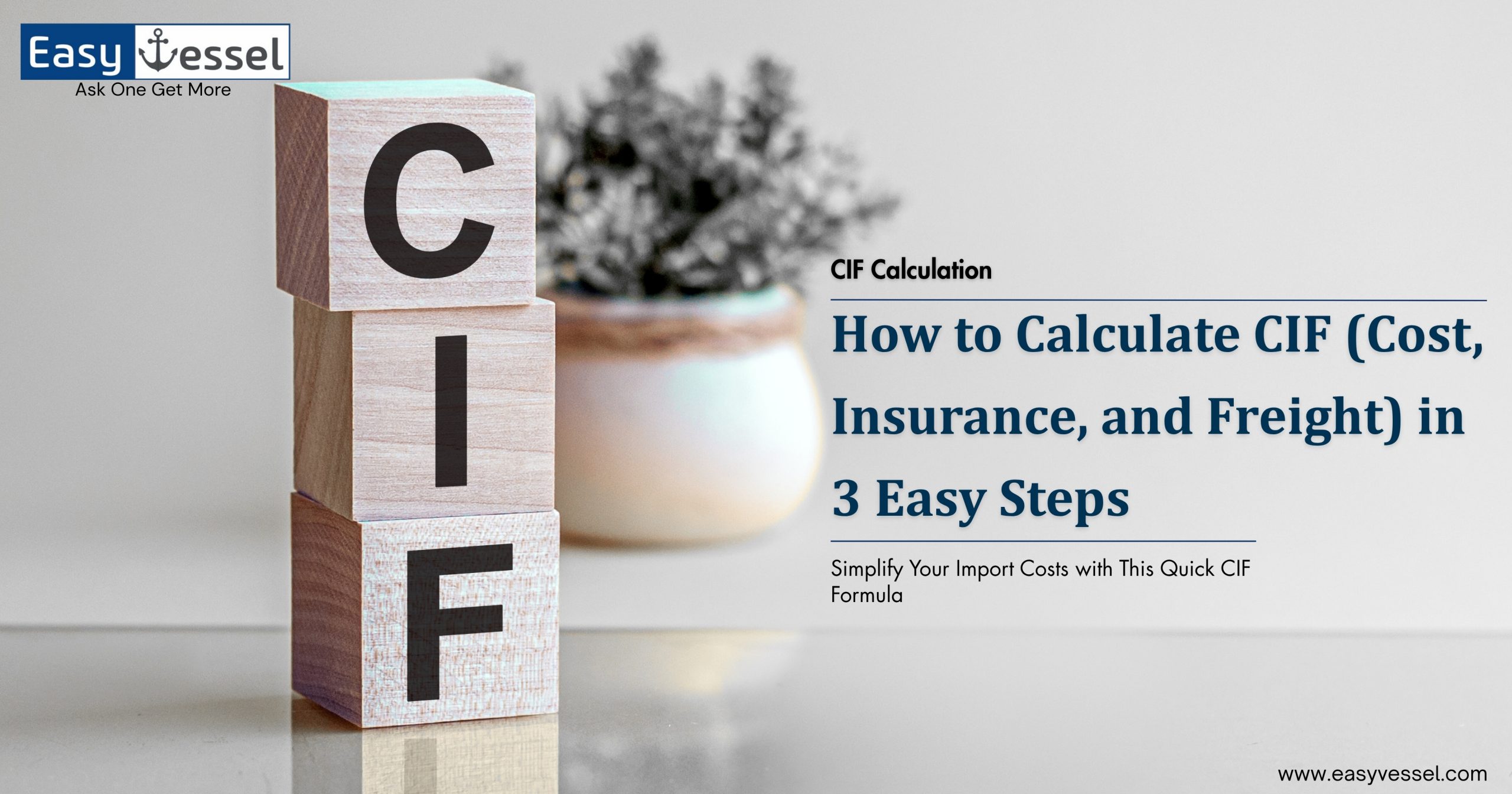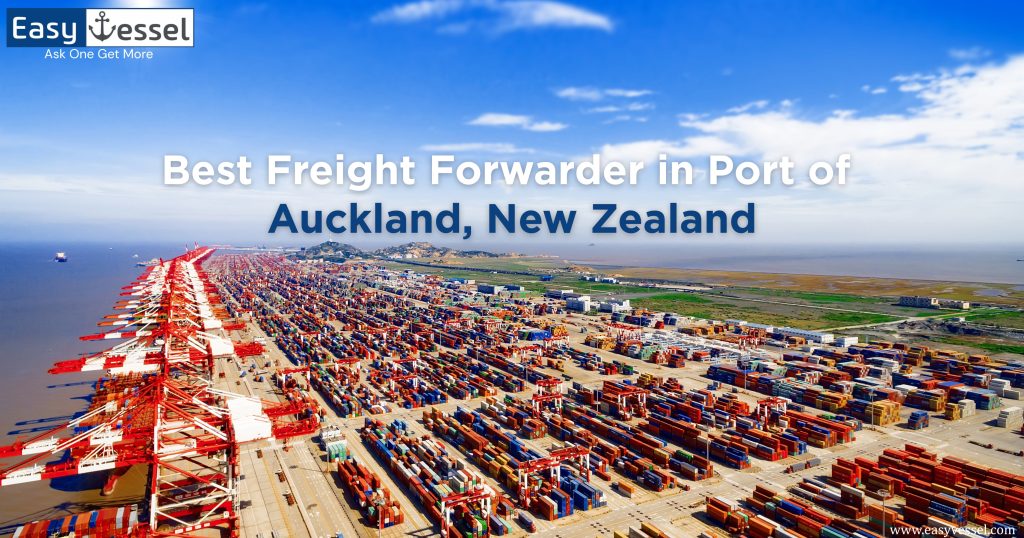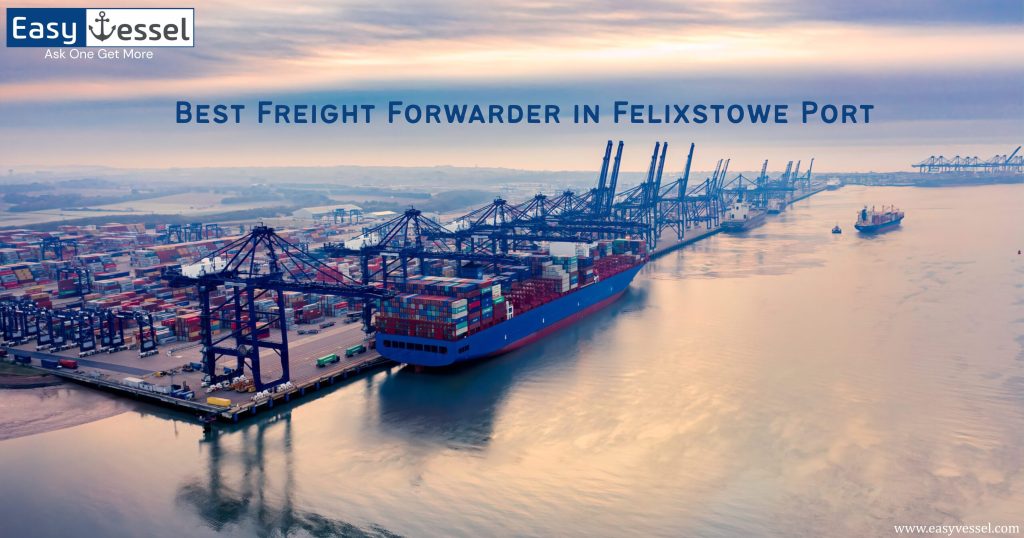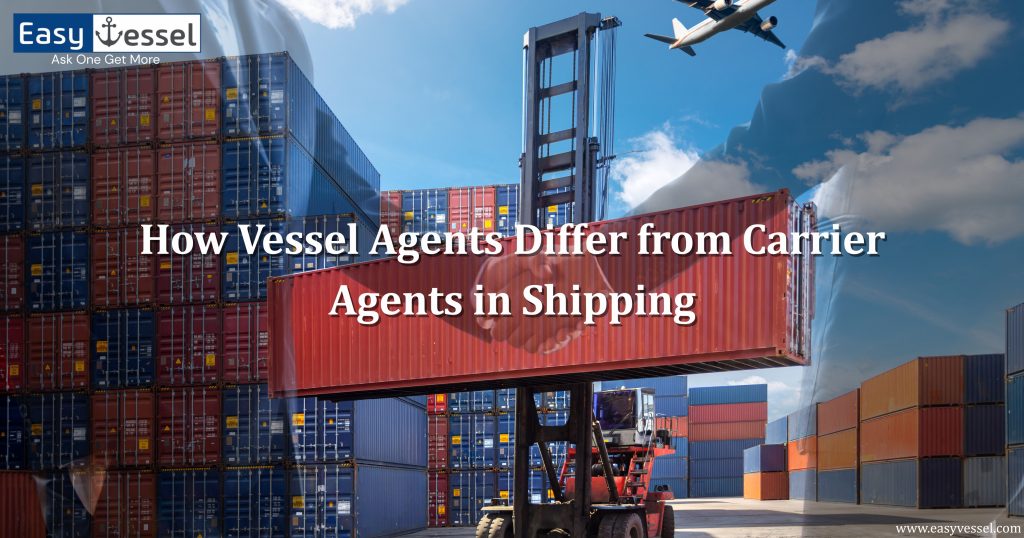Knowing the overall cost of importing goods is essential in international trading. CIF, or cost, insurance, and freight, is one of the most often used pricing terms. This clause means that up until the point of destination, the seller is responsible for paying for the products, insurance, and freight.
CIF is one of the 11 Incoterms® standards developed by the International Chamber of Commerce (ICC) to standardise international trading processes. Under CIF rules, the seller is in charge of organising and funding the products’ transportation to the target port, including securing the bare minimum of transit insurance. By shifting the burden of goods and insurance to the seller, this arrangement streamlines the shipping procedure for customers, particularly those less knowledgeable about foreign logistics.
It’s crucial to remember that after the products are carried onto the shipping vessel, the risk passes to the buyer, even though the seller bears the expenses until the destination port. To provide appropriate risk management, buyers should be aware of the point at which liability switches.
Let’s look at the three easy steps to determine CIF.
What is CIF?
CIF is an Incoterm (International Commercial Term) used in international shipping agreements. According to CIF terms, the provider has responsibility for:
Cost
The price of the items sold, including the cost of making or purchasing them, packaging, and handling at the point of origin, is called the “Cost” component in CIF. The entire CIF value is calculated by adding freight and insurance charges to this cost, which serves as the base value.
To ensure that the items are approved for export, the seller is also responsible for all export procedures, such as completing customs paperwork and acquiring the required licenses. These preliminary actions are part of the seller’s total cost and are essential for efficiently transporting goods.
Insurance
The seller is required by CIF rules to obtain insurance coverage for the goods while they are being transported to the destination port. This insurance gives the buyer a safety net by guarding against possible loss or damage to the items during transportation.
It is customary to insure the products for 110% of their value, which includes the purchase price plus an extra 10% to cover possible losses. It’s crucial to remember that the insurance acquired under CIF usually offers only the bare minimum of protection; if customers need more extensive coverage, they may need to arrange for extra insurance.
Freight
‘Freight’ refers to the cost of transportation from the seller’s place to the buyer’s specified destination port. The seller is responsible for organising and funding this transportation to guarantee that the products arrive at the destination port on schedule.
Freight charges can vary based on the distance between ports, the shipping method (e.g., container, bulk), and current fuel prices. The seller is responsible for choosing an appropriate ship and route to guarantee prompt and economical delivery of the goods.
Although the risk passes to the buyer once the goods are loaded onto the shipping vessel, the seller is still responsible for paying for the products’ goods’ freight and insurance until they arrive at the destination port.
Step 1: Determine the Cost of Goods
The price of the products being bought is referred to as the cost. This includes:
- Manufacturing or purchase price.
- Packaging costs.
- Handling charges at the origin.
Example: The total cost of purchasing 500 units of a product at $20 each is:
500 units × $20 = $10,000
Step 2: Calculate the Insurance Premium
Insurance guards against possible damages or losses while in transit. Usually, the insurance premium is computed as a proportion of the item’s worth. To protect against potential losses, it is customary to insure the items for 110% of their worth.
Example: For instance, if the insurance rate is 0.5 per cent of the value insured:
- Insured value = $10,000 × 110% = $11,000
- Insurance premium = 0.5% of $11,000 = $55
Step 3: Estimate the Freight Charges
Freight costs cover the expense of moving the products from the seller’s location to the buyer’s destination port. These charges can vary based on:
- Distance between ports.
- Shipping method (e.g., container, bulk).
- Current fuel prices.
- Port fees and surcharges.
Example: If the freight charge for shipping the goods is $2,000, this amount is added to the total CIF calculation.
Calculating the CIF Value
Now, let’s sum up all the components:
- Cost: $10,000
- Insurance: $55
- Freight: $2,000
Total CIF = Cost + Insurance + Freight = $10,000 + $55 + $2,000 = $12,055
This $12,055 represents the total cost the buyer will incur up to the destination port under CIF terms.
Importance of Understanding CIF
It is essential to comprehend and compute CIF precisely for several reasons:
- Budgeting: Helps in determining the total landed cost of goods.
- Customs Duties: Many countries calculate import duties based on the CIF value.
- Risk Management: Knowing who bears the risk at each stage of the shipping process.
CIF vs. Other Incoterms
It’s essential to differentiate CIF from other Incoterms:
- FOB (Free on Board): The seller’s liability ceases after the products are placed on the transport vessel. The customer then assumes all expenses and risks.
- CFR (Cost and Freight): CFR is similar to CIF but does not include seller insurance. The buyer is responsible for ensuring the items while they are in transit.
Understanding these differences ensures clarity in international transactions and helps make informed decisions.
Conclusion
Calculating CIF (Cost, Insurance, and Freight) is straightforward when you break it down into its components. Businesses can accurately assess their total expenses in international trade by determining the cost of goods, calculating the appropriate insurance premium, and estimating freight charges. This clarity not only aids in budgeting but also ensures compliance with customs regulations and effective risk management.
Reference:
Incoterms by Wikipedia[1].
Frequently Asked Questions
CIF stands for Cost, Insurance, and Freight. This Incoterm is used in maritime shipping contracts where the seller is responsible for freight charges to the destination port, insurance, and the cost of the goods.
CIF requires the seller to get and pay for the bare minimum of insurance coverage for the goods while they are transported to the destination port. However, the risk passes to the buyer after the goods are placed aboard the shipping vessel.
No, CIF includes products to the destination port, insurance, and the cost of the goods. The buyer is responsible for import duties, taxes, and other fees at the destination.
CIF is specifically designed for maritime and waterway transit. Other Incoterms, such as CIP (Carriage and Insurance Paid To), are used for different modes, such as rail or air.
The seller usually provides:
- Commercial invoice.
- Bill of lading.
- Insurance certificate.
- Packing list.
- Export licenses or permits, if required.



